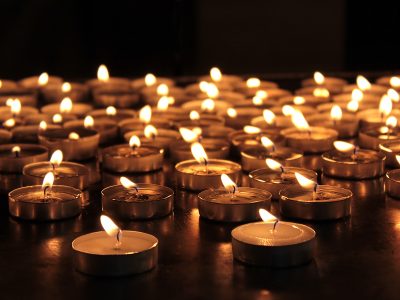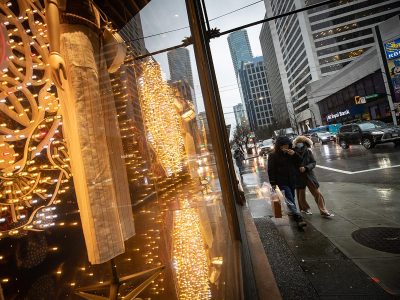By Elizabeth Kane
This May, Ottawa plays host to not one but two royal visits. From May 12 to 16, Princess Margriet of the Netherlands attended Tulip Festival events in honour of the longstanding friendship between our two countries. On May 18, Charles, the Prince of Wales, and Camilla, the Duchess of Cornwall, will visit the nation’s capital as part of their latest tour of Canada.
While visits to Canada by members of the British monarchy have been taking place since the 1700s, in the spring of 1939 King George VI and his wife Queen Elizabeth became the first reigning royals to visit Canada. It was an important time for the governments of Britain and Canada to make a public display of their bonds, as the Second World War would be declared only months later.
The reception in Canada was strong, with a million spectators lining the couple’s route to Montreal.
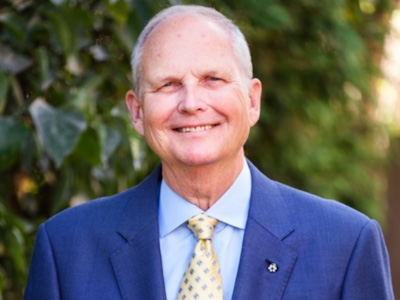
Prof. Norman Hillmer
“The outpouring of support was partly because in 1939 the King and Queen were major league celebrities,” says Norman Hillmer, Chancellor’s Professor in the Department of History. “But there was more to it than that. The ties between the two countries were powerful.”
Hillmer describes how the tour would have been viewed by the British government of the day “which wanted to ensure that Canadians would be on side in the coming war against Hitler. And they were.”
Twenty years later, Queen Elizabeth II embarked on a royal tour of Canada, which lasted 45 days and saw the monarch visit every province and territory.
“During the 1959 visit by the Queen there was an enormous outpouring of affection and, frankly, loyalty,” notes Hillmer. “However, even in 1959 — which was the last great royal tour — Canadians were moving away from the idea of the monarchy as a central component of what it was to be Canadian.”
The difference in the public’s reception to visits by members of the royal family was evident during the Queen’s visit in 1964.
“By 1964, there was booing heard in Quebec City,” says Hillmer. “René Lévesque, who was emerging as the voice of Quebec nationalism, boycotted the official banquet, separatists protested the Queen’s visit, and the police cracked down hard against the disruptors.
“It was clear that the Queen would never again be welcomed as her parents had been in 1939 in Quebec.”
Following the divisive 1964 tour, the format of future engagements changed into what has become more familiar to Canadians — short visits concentrated on the Canadian government’s areas of concern or on the visiting family member’s interests, such as the late Prince Philip’s focus on youth and the environment.
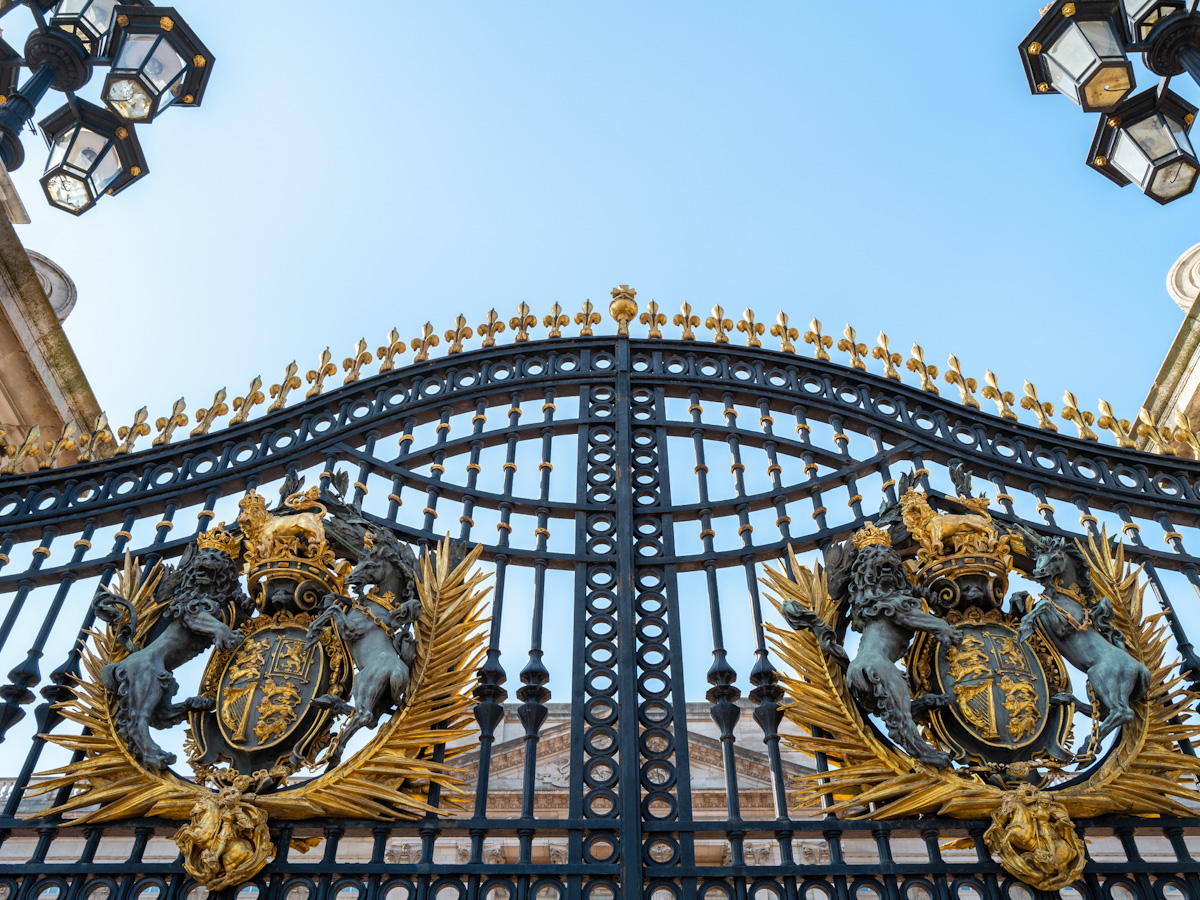
Crumbling Support for the Crown
Today, many Canadians are unenthusiastic about the role the Crown plays in our government. According to a 2021 poll, 45 per cent of Canadians would prefer to have an elected head of state, with only 24 per cent indicating they would like to see Canada remain a monarchy.
Given this relatively low level of support for the current institution, is it possible for Canada to move away from the Crown?
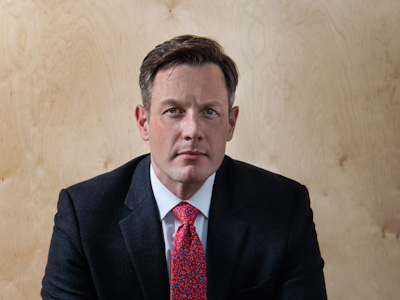
Prof. Philippe Lagassé
“You can have government structures where there is a president doing the head of state function, such as in Ireland,” says Philippe Lagassé, associate professor and the Barton Chair at the Norman Paterson School of International Affairs. “Most parliamentary governments have a non-partisan head of state.”
The role of the Governor General is to exercise the formal authority and powers of government, however in a practical, day-to-day sense the Prime Minister is the key actor.
“The monarchy has long figured out that its best play is to stay out of things as much as possible and wants to keep their involvement to a minimum,” says Lagassé. “In a crisis, you would look to other to actors before you would expect the Crown to do something.”
“To fully become a republic, we would need to amend the constitution and the monarchy is included in the most unanimous formula — all provinces would need to agree,” says Lagassé. “We could make subtle changes to the constitutional structure, but the conditions for large-scale structural changes aren’t there yet.”
While alterations to the government’s relationship with the Crown are unlikely in the short term, the institution of royal tours is one that is able to change and be reflective of the public’s values.
As Hillmer explains, during the 1959 tour Indigenous peoples were not afforded proper respect, citing an example of the Queen being unaware of a gift of a valuable wampum belt given to her. This is in contrast to the upcoming visit by Prince Charles and Camilla, which includes engagements with Indigenous communities as key components of their tour.
“These royal visits say a great deal about where Canada is sitting in its political and social life and in its progress as a country,” says Hillmer.
Monday, May 16, 2022 in Faculty of Arts and Social Sciences, Faculty of Public and Global Affairs, History
Share: Twitter, Facebook
